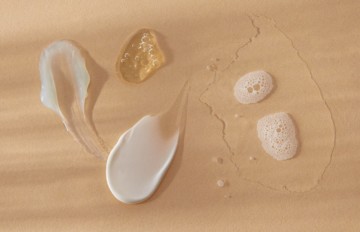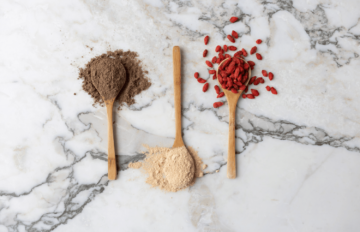
Welcome Fall – Part 1
If you prepare your body well for the fall, you should be able to breeze your way through winter!
As for each season, it’s all about getting your body and mind back into harmony with nature. At this time of year, there’s a return to the earth : leaves turn red and golden, and drop to the ground, where they’ll soon be transformed into humus. The last fruits are harvested, animals start to grow their winter coats, the days get shorter, temperatures get colder, and we don’t feel like going out quite as much as we used to… But fall is also when we’ve come back from vacation and need to get on top of those endless to-do lists !
It’s all too easy to slip into the blues when we move into the fall season, but if you want to stay balanced and positive, the best thing to do – as usual! – is to get close to nature and enjoy all that it has to offer.
Keep moving !
Any good naturopath will tell you that exercise is one of the essential things to do if you want to stay healthy. In fact, it’s even more important than diet – which is already very important! Every day, make the most of those last rays of sunshine. Go for a walk with your sleeves rolled up so you can stock up on precious Vitamin D and boost those feel-good hormones (serotonin and melatonin).

Keep up or start doing cardio, if possible outside, to stimulate your emunctories – organs or parts of the body that eliminate waste. Try running, cycling, or even brisk walking, two or three times a week. As is so often the case, the most important thing is to do this regularly. There’s no need to try and beat your own record each time !
Eat seasonally
In Ayurveda, fall is considered a Vata season, governed by the elements air and ether. The characteristics of Vata include cold, dry, moving and irregular, so you want to compensate for these characteristics with their opposites: warmth, moisture and regularity.
It’s also important to rev up your digestive system and take care of your intestinal microbiome. Good gut health is key to a good immune system – and good immunity is what we all want in these Covid times, isn’t it?
Fall is the perfect season to try a mono-diet, such as an apple cure, grape cure or kitchari cleanse. Start with one evening or one day a week, and gradually work up to three days in a row. This is excellent for giving your digestive system a break. It’s probably best to do this in mid-October, when the stress of going back to work and school is behind you.
And because Nature knows best, put your trust in nature and eat local AND organic food. That way, you’ll be getting the right nutrients at the right time, while protecting the environment (no long journeys involved), your health (no pesticides) and the economy (supporting farmers).
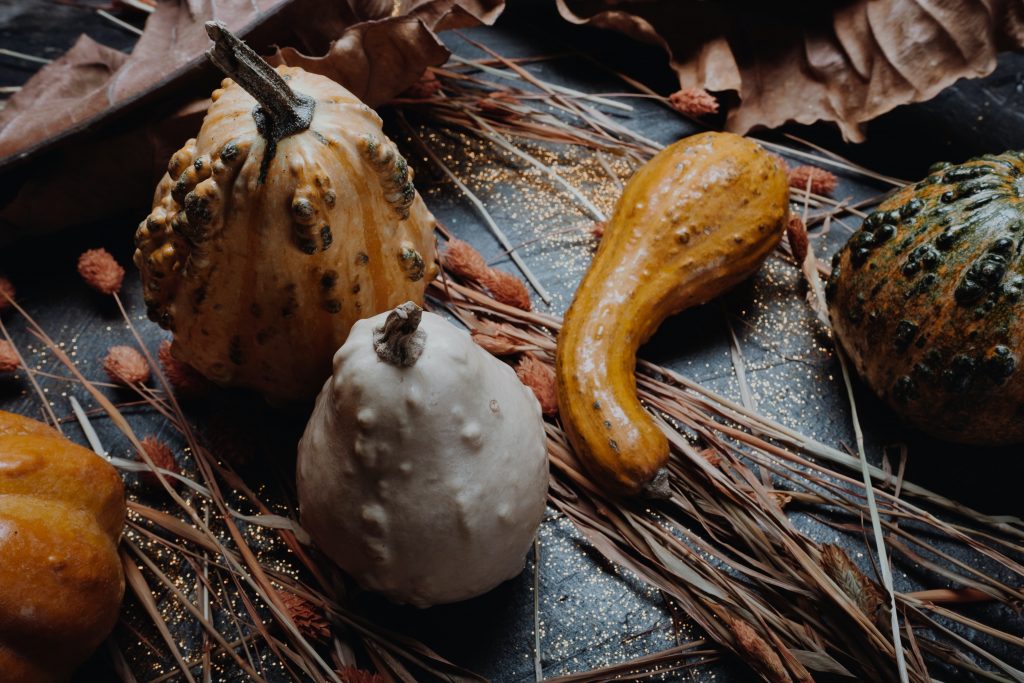
What should you be eating ?
- Squashes, squashes and more squashes! There are so many different ones, too! Butternut squash, spaghetti squash, red kuri squash, pattypan squash… Both hydrating and comforting, they can be cooked in a multitude of ways, and are packed with beta-carotene, which is good for your skin.
- Cabbage ! Eat all the different varieties in different ways: raw, cooked or fermented. Your gut will thank you ! Cabbage is known to be a source of antioxidants, and many studies have shown that it even helps to fight cancer. And keep eating your greens, such as celery, leeks, the last lettuces, and zucchini.
- Root vegetables : potatoes, carrots, beetroot, radish, sweet potatoes, parsnips, turnips… Symbolically, they help us to be anchored in the earth, to position ourselves, and to build up our reserves to get through winter.
- Enjoy some amazing mushrooms ! They’re low in calories but rich in proteins and Vitamins B2, B3 and B5.
- Make sure you add some cereals and pulses and go for whole-grain options if you can, such as red, black or brown rice. Just be careful if you have a sensitive gut! And don’t forget foods such as quinoa, millet and oats, especially if you have a gluten intolerance. (However, please note that oats are not considered gluten-free by everyone.)
- Fruits. Fall is a wonderful season for fruits. Many citrus fruits are ripe in the fall, plus it’s the season for apples, pears, figs, quinces, grapes, and plums.
- Meet and fish. If you’re not vegan or vegetarian, but more of a flexitarian or omnivore, then give priority to local, organic, low-fat meat such as chicken. If you want to eat fish, make sure you avoid species threatened by overfishing, and look for fish that’s sustainably caught. I may have said this before, but I’ll say it again: your body doesn’t need meat every day. Far from it. And it doesn’t help the planet if we all eat meat every day either. Whichever way you look at it, cutting down on meat is a good thing.
- Spices can be used to whet the appetite, to warm us up, and for their digestive benefits. Look for fennel, cardamom, coriander, cinnamon, cumin, nutmeg, anise, clove and ginger. Use miso instead of salt, and regularly add spirulina or chlorella flakes to your food, to give your body a boost.
And don’t forget : whatever the season, always eat in a calm, comfortable, positive environment, surrounded by people you want to be with. Chew your food well, and listen to your body when it tells you you’re full !
Kitchari recipe
Kitchari is an iconic dish in Ayurvedic cooking, and ideal for a mono-diet in the fall. It’s designed to stoke the digestive fire and eliminate toxins. The spices can be adjusted according to your dosha. You’ll find lots of different recipes on the internet, but the basic ingredients are always the same: rice + mung beans + ghee + spices + seasonal vegetables.
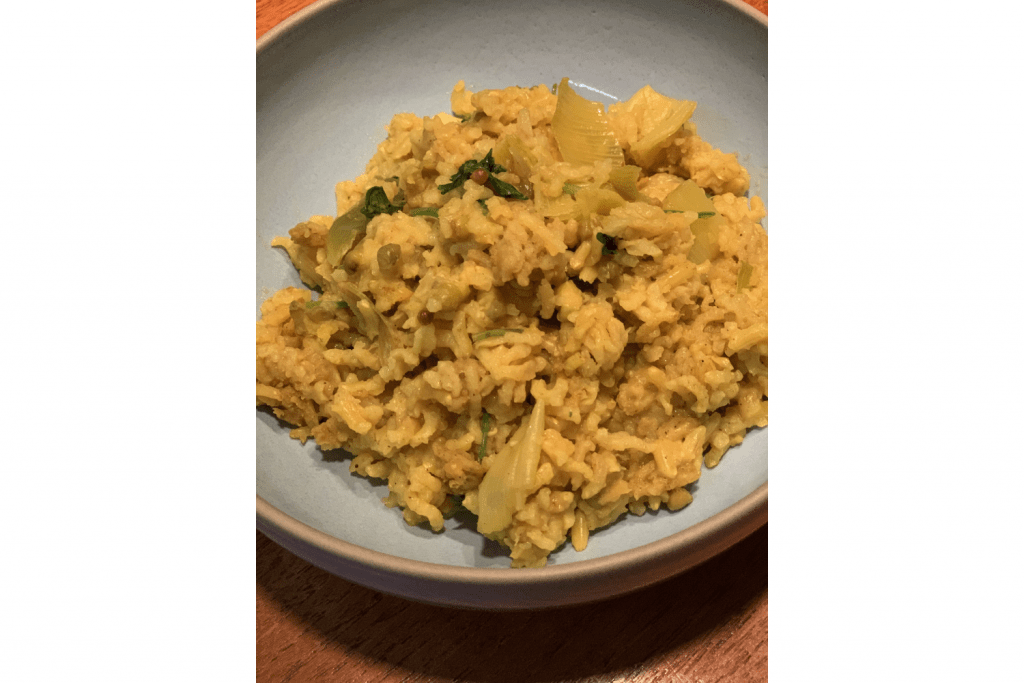
Ingredients
- 150g wholegrain basmati rice (soaked in cold water for at least 2 hours)
- 150g various pulses (e.g. red lentils or mung beans, also soaked in water for 2 to 4 hours)
- 2 medium carrots
- Approx. 200g sweet potatoes
- 1 raw beetroot
- 1 tsp fenugreek
- 1 tsp cumin seeds
- 1 tsp turmeric
- 1 tsp mustard seeds
- A few cardamom pods (2 or 3)
- 2 cm fresh ginger
- 1-2 tablespoons cashew nuts
- 1 garlic clove
- 1 onion
- Bunch of coriander (or parsley, if you prefer)
- Sesame oil
- Ghee
Recipe
Cut the vegetables into small pieces (or slightly larger if you wish), put them in a salad bowl, add a tablespoon of oil and a pinch of salt, then mix well.
Place the mixture on a baking sheet, spreading it evenly, and cook in the oven for about 20 minutes at 180°C (350°F).
Drain the rice and pulses to remove the water.
Use a large frying pan for the “tadka.” Add the spices (fenugreek, mustard seeds, cumin seeds) to the hot sesame oil and lightly brown them for a few minutes. Next, add the fresh ginger, turmeric and cardamom pods, and sauté. Finally, add the garlic, onion and cashew nuts.
Warm a tablespoon of ghee in a saucepan. Add the rice and pulses, then sauté until all the ghee is absorbed.
Next, add water so that it’s 2-3 inches above the lentils and rice, and leave to simmer. If necessary, you can add a little more water during cooking, but it must all be absorbed. Once the rice and pulses are cooked, add the vegetables and spices. Sprinkle with coriander.
( Discover also our Beauty Activist, Eva Gaillot’s perfect recipe for Autumn : Grain-free Superfood & Coco Granola)
Caring for your “energetic” body
Fall can be a good time to start caring for your body’s energy system by practicing Makko-Ho stretches, for example. The Makko-Ho are energy exercises that address six pairs of meridians and the organs associated with them. Regular practice improves the flow of chi, as well as joint and muscle flexibility. Each stretch is specific to a pair of meridians, and stimulates the organs associated with them. By performing all the stretches, you harmonize the whole body. However, if you don’t have enough time, you can simply concentrate on the stretches that target the meridians of the lungs and large intestine.
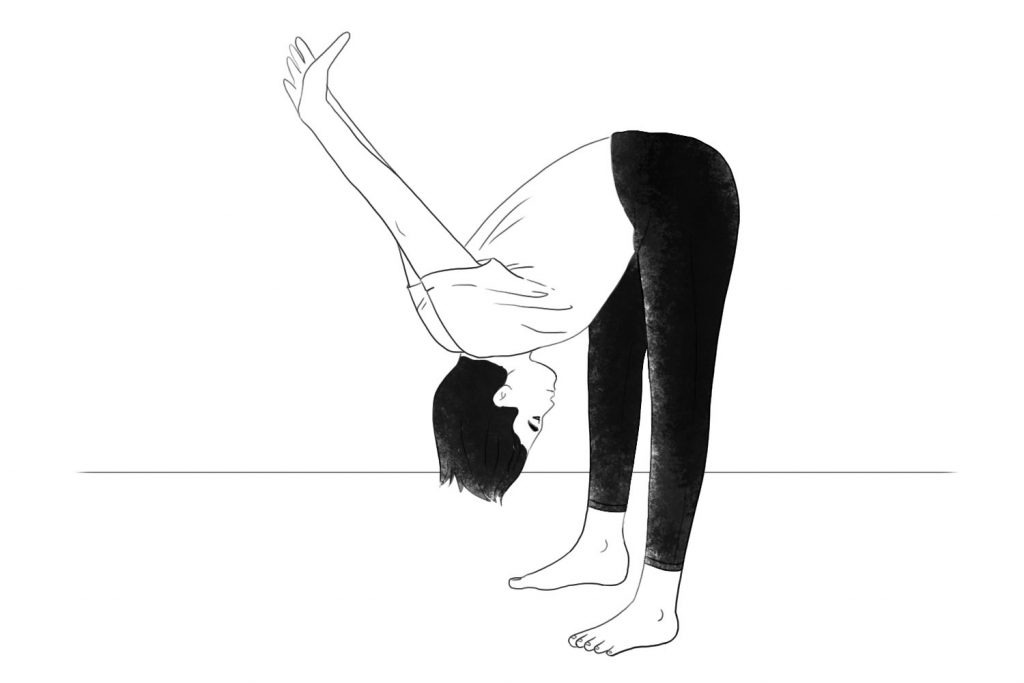
- Stand with your feet shoulders-width apart and knees relaxed. Join your hands behind your back and link your thumbs together. Keep your two index fingers straight, and fold over the other fingers. Stretch out your arms. Breathe in deeply while bending slightly backward and visualize the energy that fills you. Then breathe out, bending forward, while continuing to stretch your fingers toward the sky. Breathe in deeply twice in this position, then return to the initial position. Repeat this exercise with thumbs linked the other way round.
You could also try acupressure, which is like acupuncture without needles. It’s a very simple way to help your body and mind to be in tune with the season.
The points indicated should be stimulated every day by pressing with the thumb for five breaths. Adjust the pressure according to how you feel, and work on both sides (right and left legs).
- KI 3: Supreme Stream. This point is located in a depression on the medial side of the foot, between the medial malleolus and the Achilles tendon.
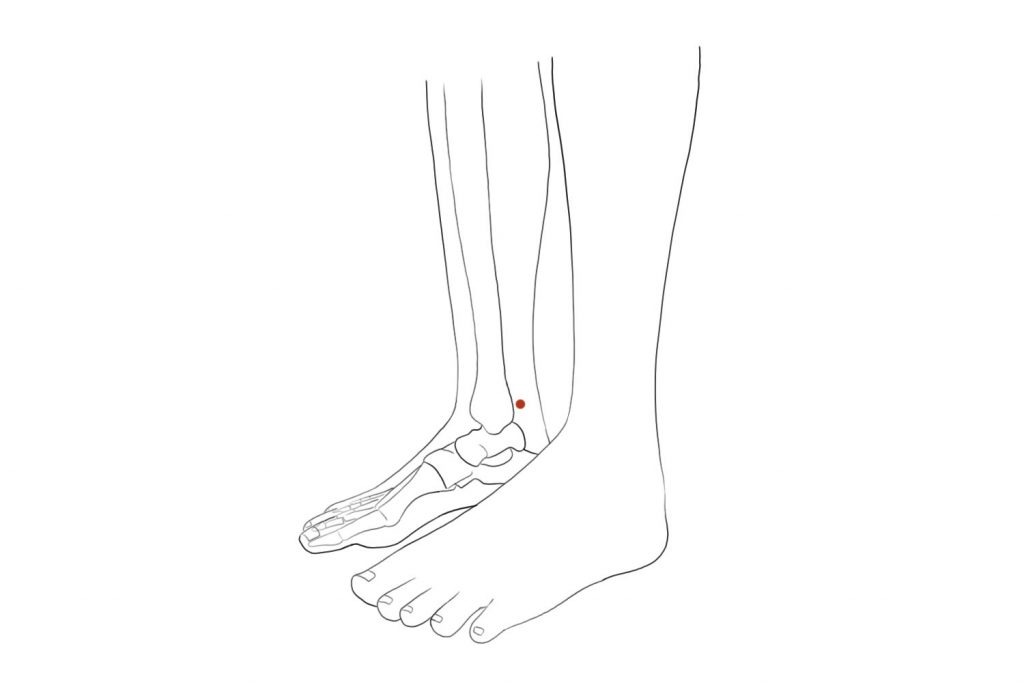
- KI 7: Returning Current. This point is located three fingerbreadths away from the previous point, on the inner side of the Achilles tendon.
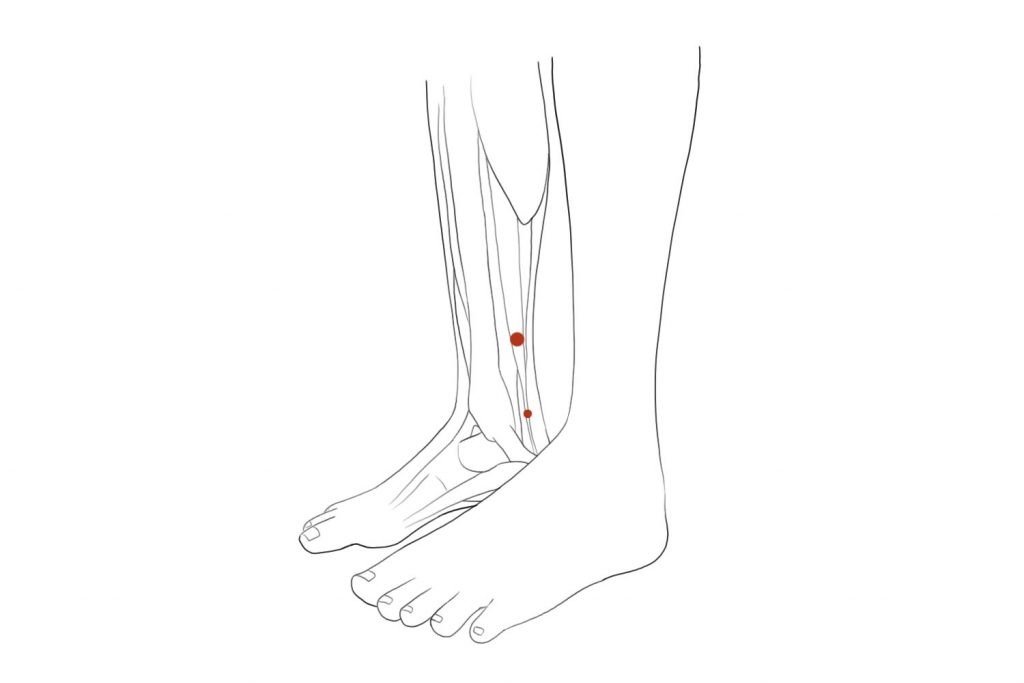
I’ll be back again soon to tell you about my ideal beauty routine to help your skin to adapt and protect itself as we move into fall.





